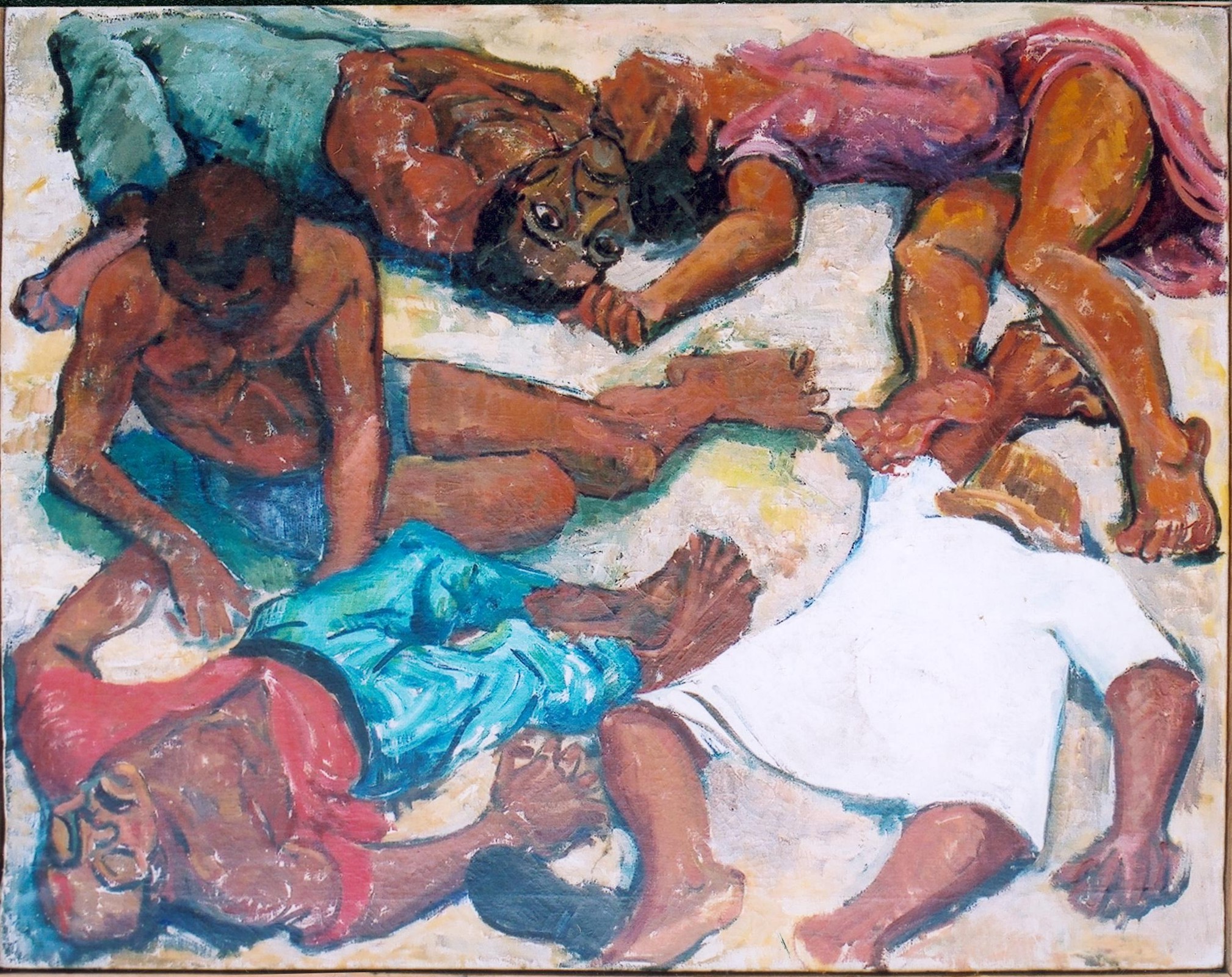When I was a child my parents had on their bookshelves an old red-bound nineteenth-century tome called The Life of Sir George Pomeroy Colley by one W.F.Butler, published in 1899.
 Sir George Pomeroy Colley was a Victorian general who met his death on 27 February 1881, whilst fighting the Boers in South Africa.
Sir George Pomeroy Colley was a Victorian general who met his death on 27 February 1881, whilst fighting the Boers in South Africa.
(The author of the book, William Francis Butler, was the husband of the famous military painter, Lady Elizabeth Butler).
The title fascinated me because here was a book about a man that shared my family name, and an important one at that (he had to be important to have had a book written about him). I always assumed we were related because we were both Colleys. And, to add to the excitement, he was a ‘Sir’. Perhaps some great-great-grandfather.
To this day I still don’t know. It might be just a coincidence of name but then why would my father have this book on his shelves rather than a more famous Victorian general?
Colley was an all-round clever man and well thought of. He passed through his military school with the highest ever recorded marks, was fluent in various languages and was a dab hand with the paintbrush. But like many a British general of the time, he underestimated his enemy – and that proved his undoing.
The First Boer War
In 1877 the British had annexed the South African state of the Transvaal, and two years later made it a crown colony. The Boers naturally resented this, and in December 1880 revolted. At the time there were only 1,700 British troops dotted around the Transvaal in small, isolated garrisons. Colley, recently appointed governor in neighbouring Natal, was ordered to deal with the situation.
